“On a grassy hill overlooking the gradually disappearing farmlands in King of Prussia, the 900,000 sq ft General Electric Company’s Missile and Space Vehicle Department at the Valley Forge Space Technology Center facility rose in 1960 as the 1st major industrial complex in the area, comprising some 131 acres. As the families of scientists and military officials moved into the area, new children suddenly began appearing in the schools of Upper Merion. Today, Lockheed Martin occupies the facility which has changed very little, externally, from its original design.” —King of Prussia Historical Society newsletter • May 9, 2016
So, even before the first spade of dirt was dug from the ground to mark the building of the King of Prussia Plaza in 1961 a major impact was felt in rapidly developing Upper Merion with the establishment of the General Electric (GE) Space Technology Center. Groundbreaking for GE’s $14 million dollar center began on April 21, 1960. Suddenly, King of Prussia felt more like a destination than an afterthought.
Flashback to 1950. The still-new Pennsylvania Turnpike turned eastward towards Philadelphia. In a decision that ultimately helped create the iconic King of Prussia Plaza, a Carlisle to Valley Forge extension (just west of King of Prussia) opened in November of 1950. The soon to follow Schuylkill Expressway started its journey towards Philadelphia by opening up a short section of its highway (ground was first dug in 1949) near King of Prussia in 1951. From there, M.A. Kravitz Company, founded by Morris Kravitz a builder of family housing and later one of the first developers of suburban shopping centers, seized upon the synergy created by the highways. Within a decade under the stewardship of Kravitz the King of Prussia Plaza was born.
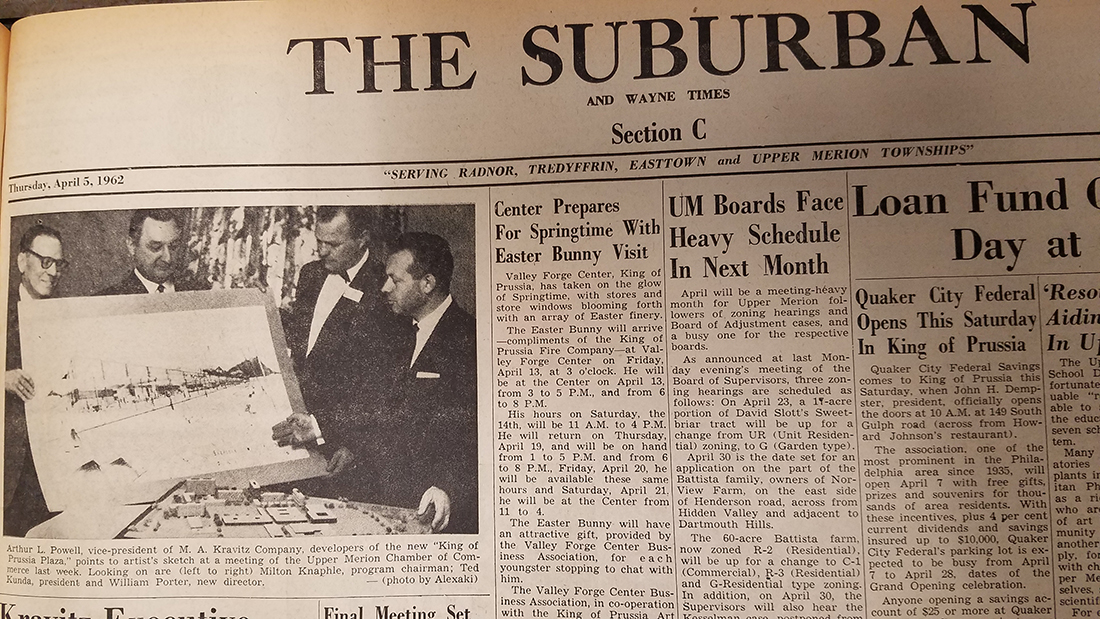
The shopping center had an initial price tag of seven million dollars (revised upward after an ambitious expansion project was made public). The sixty-acre parcel encompassed upwards of 700,000 square feet with parking for over 6,000 cars. It was located just off the highways at a critical intersection of Route 202 and Route 23 (North Gulph Road).
The Plaza opened in stages. Major department store E.J. Korvette and Acme supermarket opened their doors on September 18, 1962. An early American colonial theme was prevalent throughout the Plaza during its early years. Neighbor Valley Forge was still better known with its historical tie into the Revolutionary War. Kravitz sought to leverage this in the Plaza’s design.
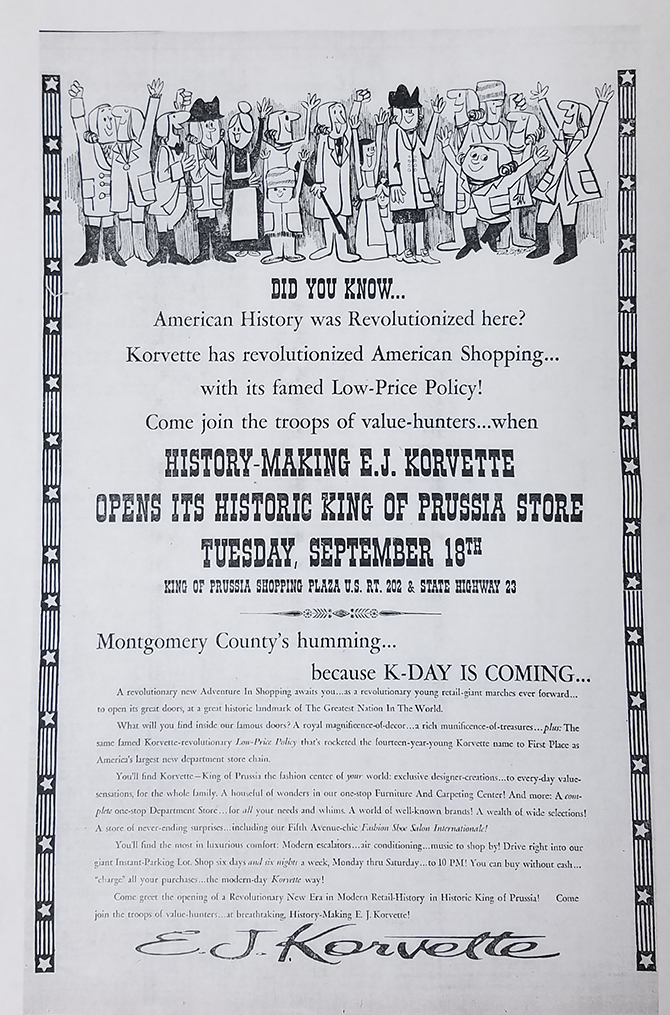
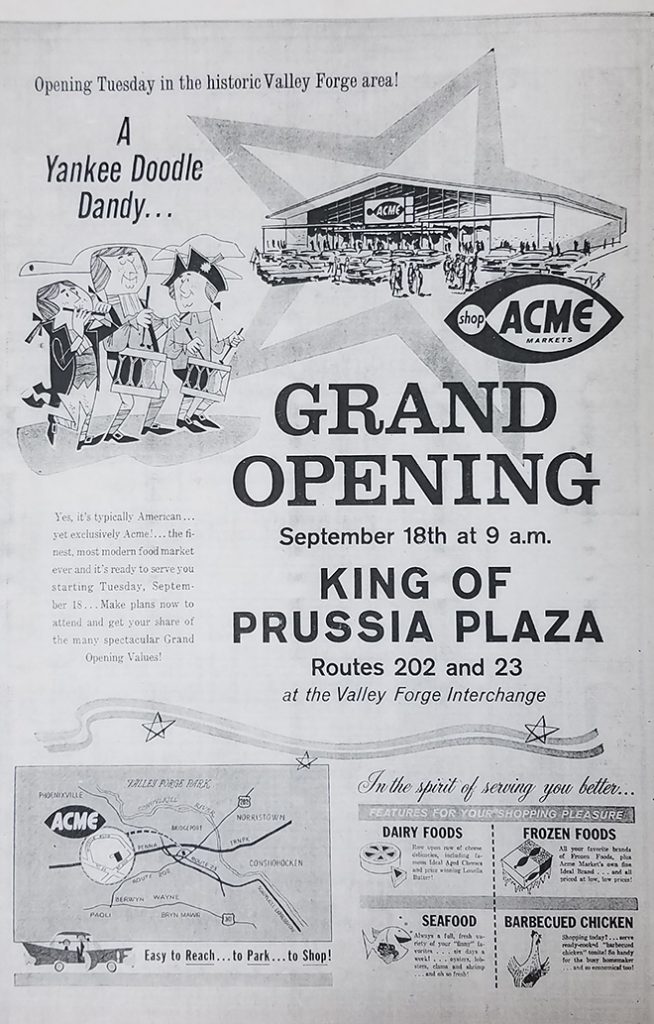
Throughout 1963 J.C. Penney, Woolworth’s and many smaller stores opened their doors in this single level open-air shopping center.
The rapid growth of the Plaza continued through much of the 1960s. Major department stores fueled the fire and showed that King of Prussia was rapidly emerging as a major player in national shopping centers. John Wanamaker spread west from Philadelphia to King of Prussia. The Wanamaker store opened for business on August 16, 1965. Prior to that, the Stanley Warner Plaza Theatre opened its air-conditioned facility in the parking lot at the Route 23 west entrance to the mall.
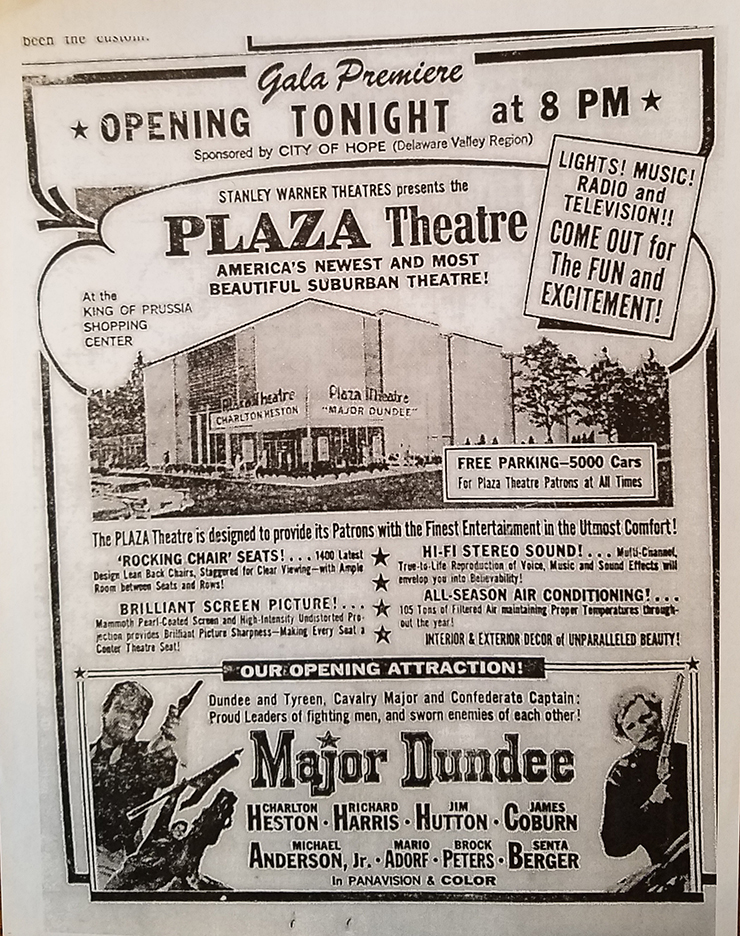
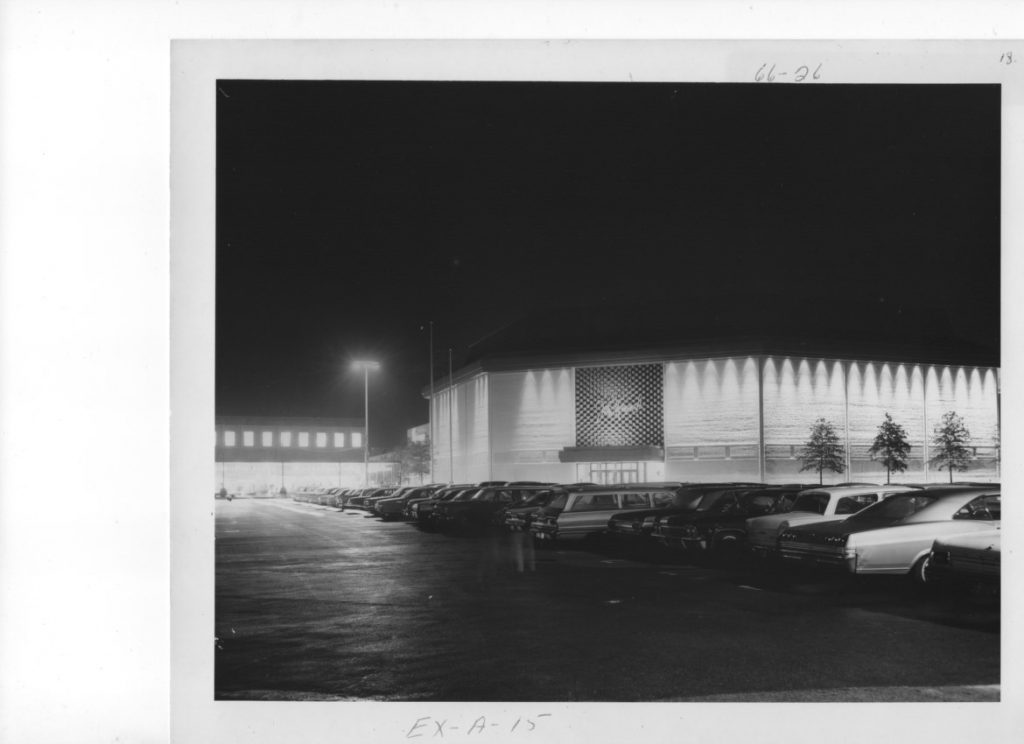
The January 1965 announcement that Gimbel Brothers would open their own (and the fourth) department store in the King of Prussia Plaza meant big things for the development. Once completed the still young Plaza would already be the largest shopping center in the East. The total Plaza surface area would expand to 1,300,000 square feet with over one hundred shops represented and parking for 27,000 cars. Gimbels opened for business on May 2, 1966.
The Gimbels expansion included facilitating an additional enclosed section of the mall on the north side of the mall to provide access for both Gimbels and the bi-level shopping by means of an arcade.
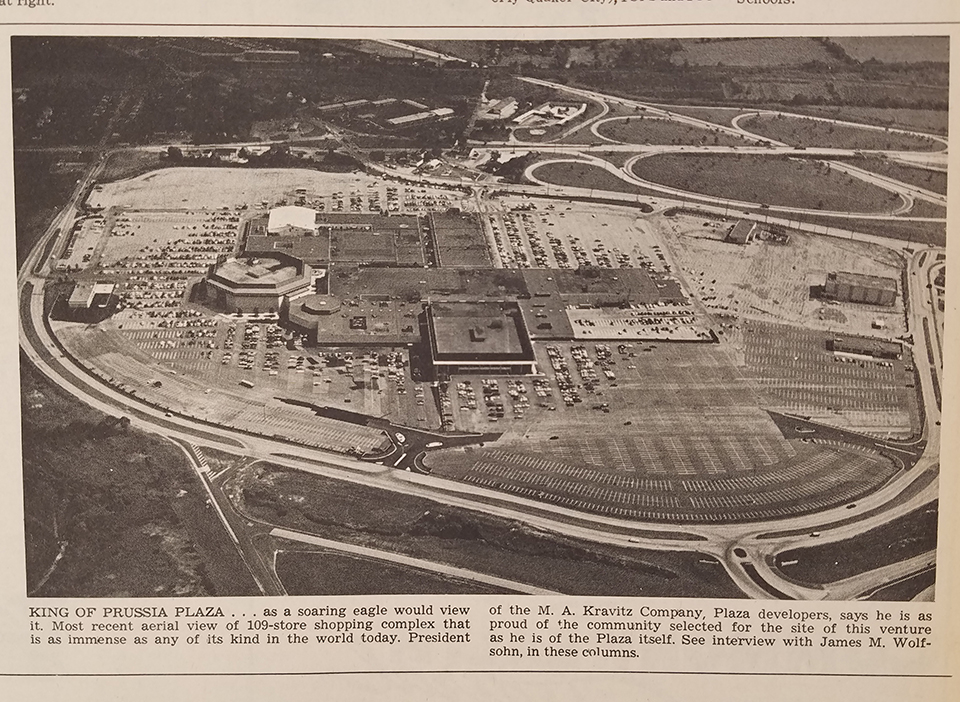
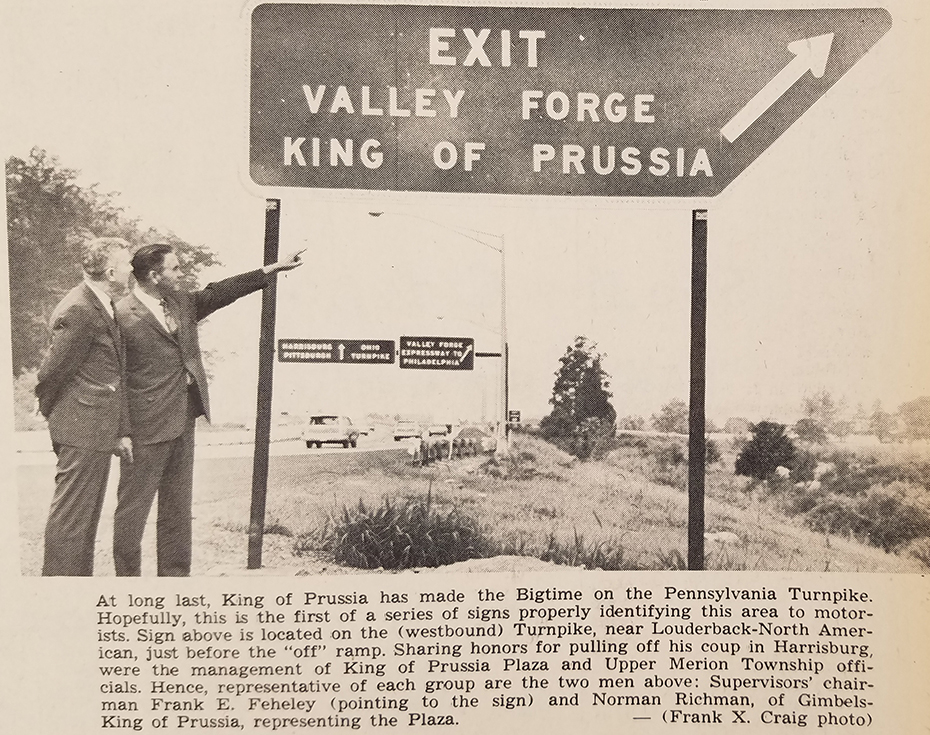
The remainder of the 1960s was a period of stability for Kravitz. In early 1967 Morris Kravitz began the late 60s transition from Kravitz Company to a renamed Kravco. Company veterans Arthur Powell and Harold Schaeffer were a principle at the helm. The would guide Kravco well into the 1990s. Kravitz remained on board as chairman.
References
Sources sited from “A Mall And Its Legacy: The King Of Prussia Mall” Chapter Two, “Highways And Beyond.”
Sources sited from “A Mall And Its Legacy: The King Of Prussia Mall” Chapter Four, “1960s: The Early Years.”